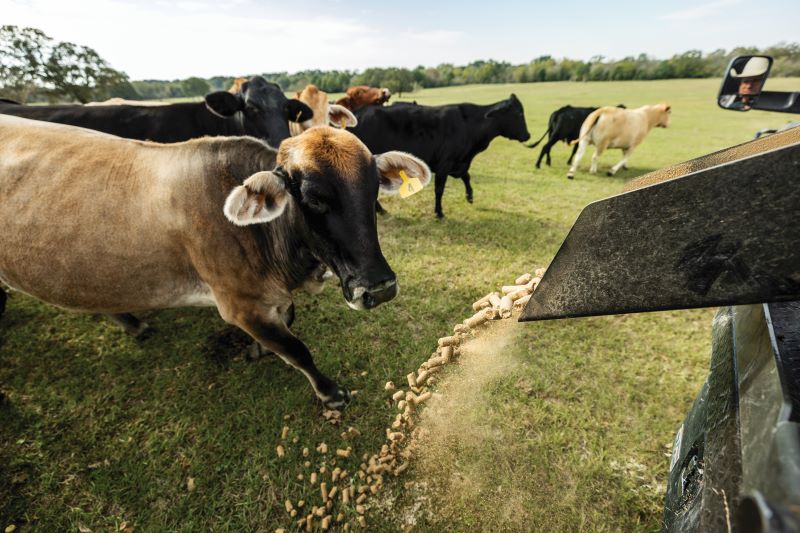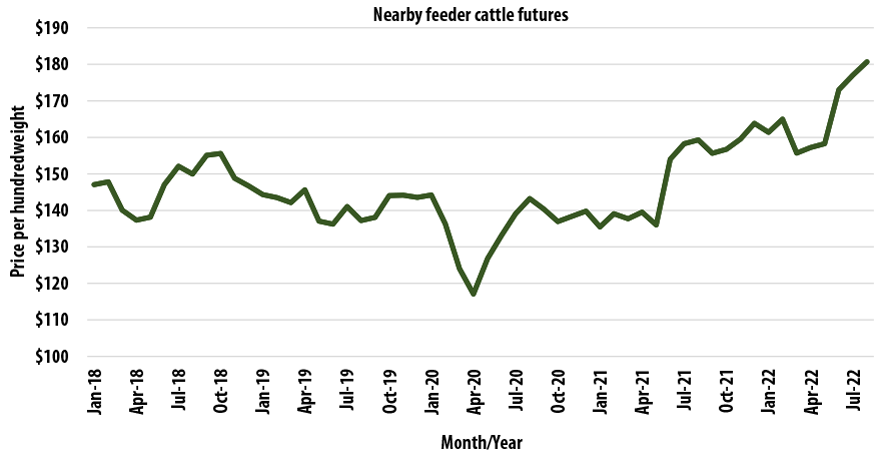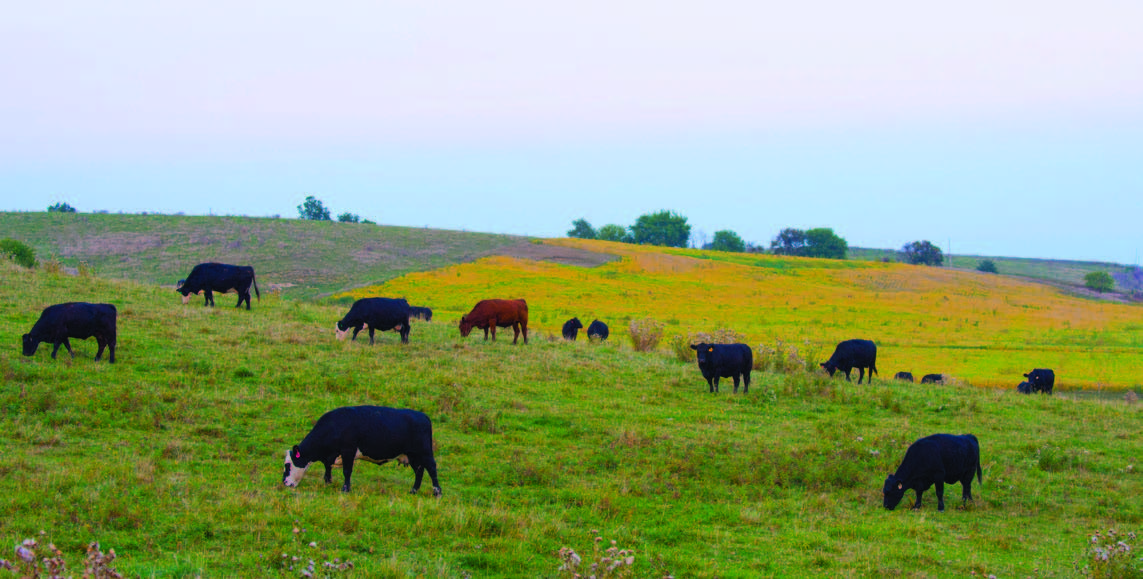Recognizing Livestock Danger Protection (LRP) Insurance: A Comprehensive Guide
Navigating the realm of livestock risk defense (LRP) insurance can be an intricate endeavor for many in the agricultural field. From how LRP insurance coverage works to the different insurance coverage alternatives readily available, there is much to reveal in this comprehensive overview that could possibly form the way livestock manufacturers approach danger monitoring in their businesses.

Just How LRP Insurance Coverage Works
Sometimes, comprehending the technicians of Animals Threat Protection (LRP) insurance can be complicated, however damaging down exactly how it functions can supply clearness for ranchers and farmers. LRP insurance is a risk management tool designed to safeguard livestock producers against unexpected rate decreases. It's vital to keep in mind that LRP insurance policy is not an earnings assurance; instead, it concentrates solely on rate threat defense.
Qualification and Coverage Options

When it comes to protection choices, LRP insurance coverage uses producers the versatility to select the protection level, coverage duration, and recommendations that finest suit their risk management demands. By recognizing the qualification requirements and protection options available, animals manufacturers can make educated decisions to manage threat successfully.
Advantages And Disadvantages of LRP Insurance Coverage
When examining Livestock Risk Security (LRP) insurance, it is important for livestock manufacturers to evaluate the advantages and disadvantages inherent in this threat administration tool.

One of the main benefits of LRP insurance is its capacity to provide protection versus a decline in animals prices. This can assist guard manufacturers from financial losses arising from market variations. Additionally, LRP insurance coverage supplies a degree of flexibility, enabling producers to tailor insurance coverage degrees and policy periods to match their specific needs. By locking in an ensured rate for their animals, manufacturers can better manage risk and plan for the future.
Nevertheless, there are likewise some disadvantages to think about. One limitation of LRP insurance is that it does not shield versus all sorts of risks, such as disease outbreaks or all-natural calamities. In addition, costs can often be expensive, especially for producers with huge animals herds. It is important for producers to carefully assess their specific danger exposure and monetary circumstance to determine if LRP insurance is the ideal risk administration tool for their operation.
Understanding LRP Insurance Premiums

Tips for Maximizing LRP Benefits
Taking full advantage of the advantages of Animals Threat Security (LRP) insurance requires calculated preparation and positive risk management - Bagley Risk Management. To make the many of your LRP protection, consider the following pointers:
Regularly Evaluate Market Conditions: Keep notified about market trends and rate variations in the visit this web-site livestock sector. By keeping track of these aspects, you can make enlightened choices regarding when to description buy LRP coverage to protect versus prospective losses.
Establish Realistic Coverage Degrees: When choosing protection degrees, consider your manufacturing expenses, market price of livestock, and potential threats - Bagley Risk Management. Setting realistic coverage levels makes certain that you are sufficiently safeguarded without paying too much for unnecessary insurance
Diversify Your Protection: As opposed to relying only on LRP insurance policy, take into consideration diversifying your danger administration approaches. Integrating LRP with various other risk management tools such as futures agreements or options can give detailed protection against market uncertainties.
Testimonial and Readjust Insurance Coverage Regularly: As market problems alter, periodically assess your LRP protection to guarantee it straightens with your present threat direct exposure. Changing insurance coverage degrees and timing of purchases can aid maximize your threat protection strategy. By adhering to these ideas, you can make best use of the advantages of LRP insurance coverage and protect your animals operation against unexpected threats.
Final Thought
To conclude, livestock threat security (LRP) insurance coverage is a beneficial tool for farmers to take care of the monetary dangers connected with their animals operations. By recognizing just how LRP functions, qualification and insurance coverage choices, along with the benefits and drawbacks of this insurance, farmers can make informed decisions to secure their livelihoods. By meticulously considering LRP costs and applying strategies to maximize benefits, farmers can reduce potential losses and make sure the sustainability of their operations.
Animals producers interested in obtaining Livestock Danger Defense (LRP) insurance policy can discover a range of eligibility standards and coverage alternatives click reference tailored to their certain livestock operations.When it comes to insurance coverage alternatives, LRP insurance coverage supplies producers the versatility to pick the insurance coverage degree, insurance coverage duration, and endorsements that ideal match their risk management requirements.To understand the complexities of Livestock Threat Defense (LRP) insurance coverage fully, understanding the variables affecting LRP insurance coverage costs is critical. LRP insurance policy premiums are established by different components, including the coverage degree selected, the anticipated price of livestock at the end of the protection period, the type of livestock being guaranteed, and the length of the coverage duration.Evaluation and Adjust Coverage Frequently: As market problems alter, periodically examine your LRP protection to ensure it aligns with your present risk direct exposure.